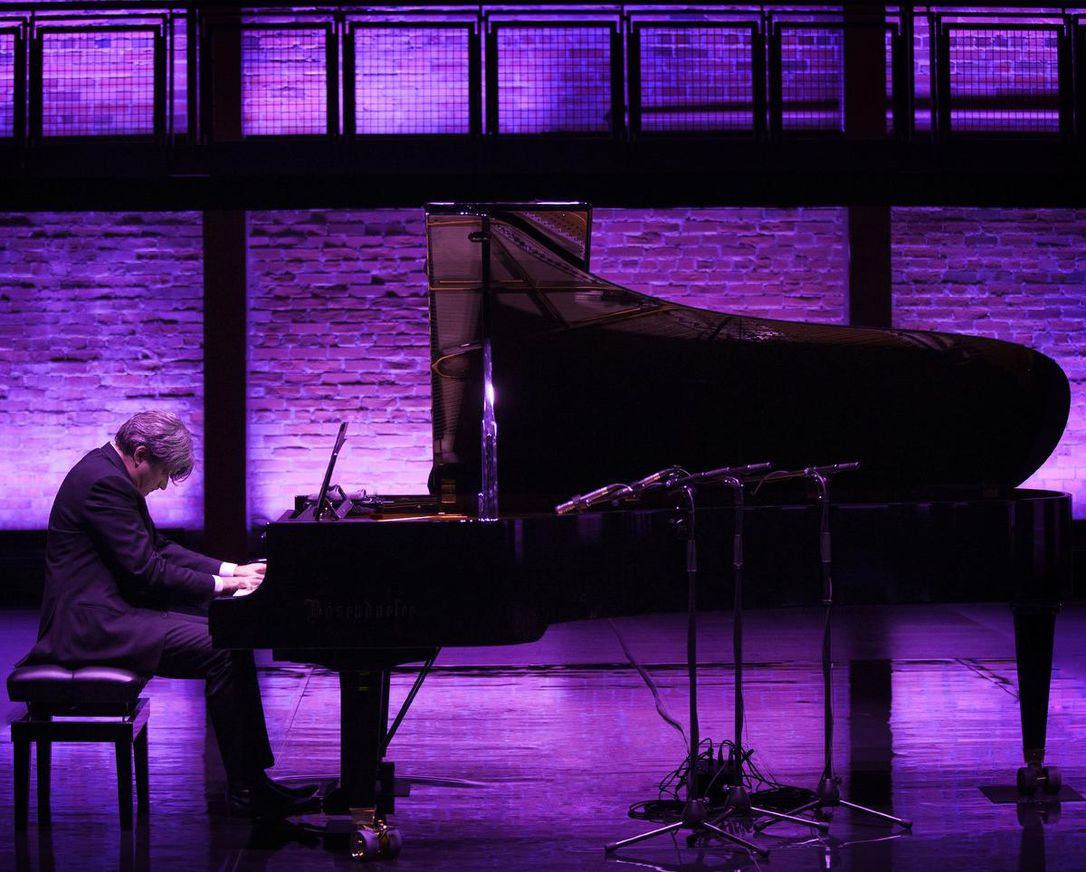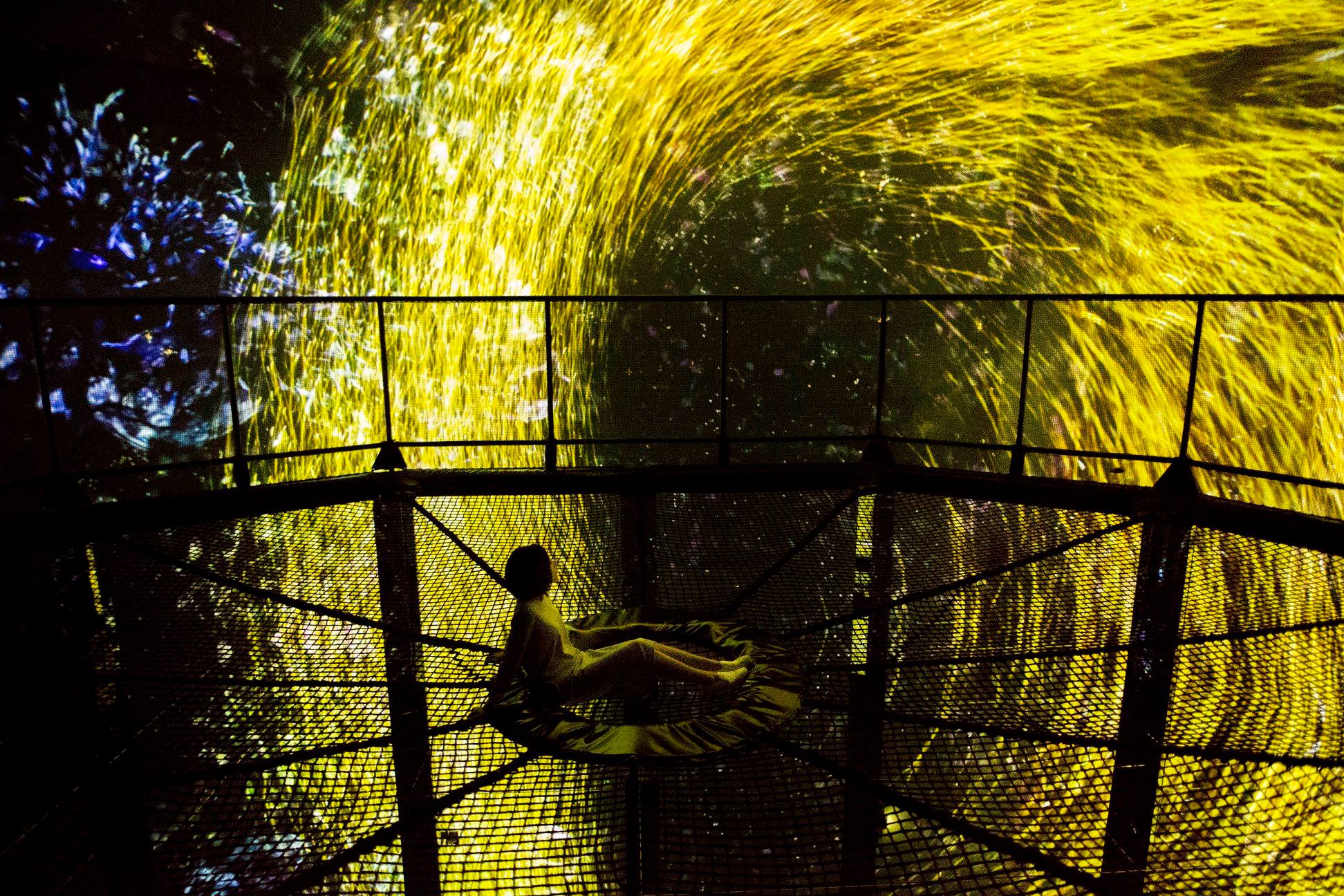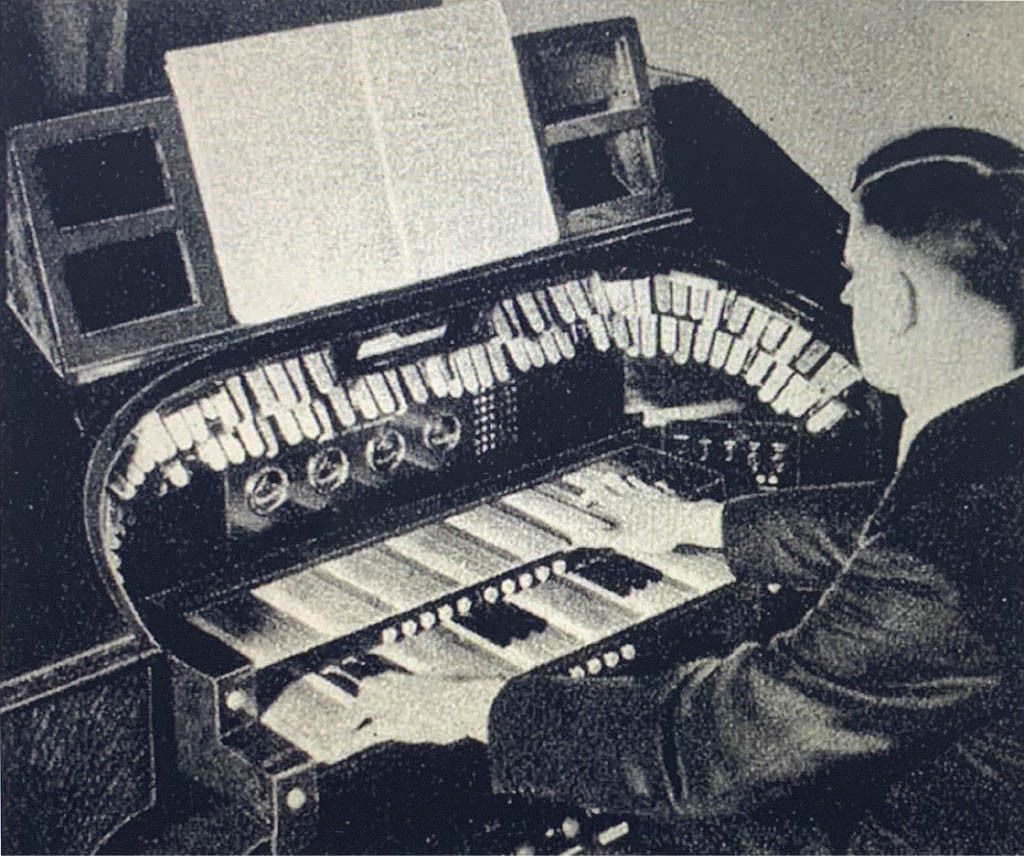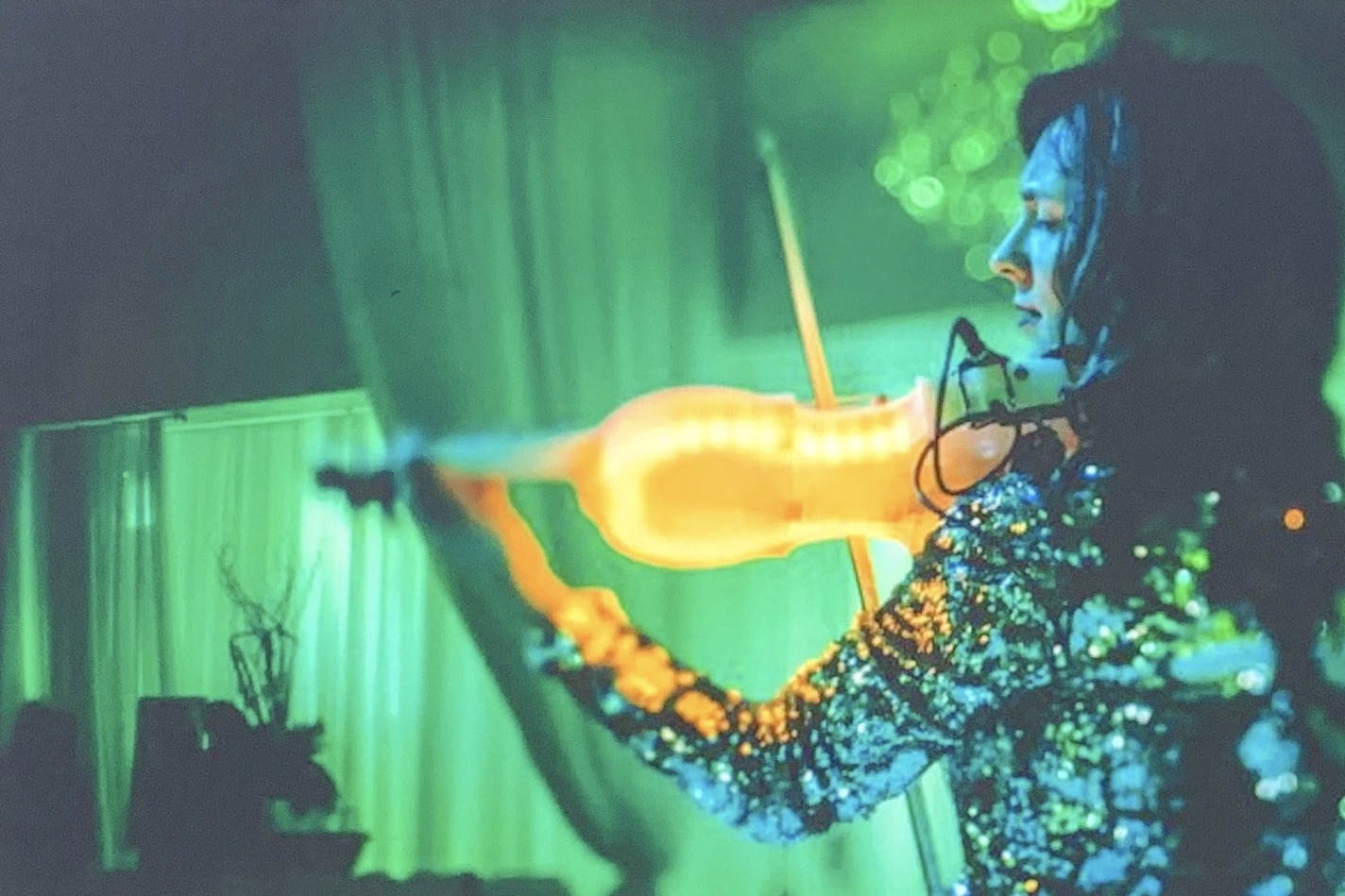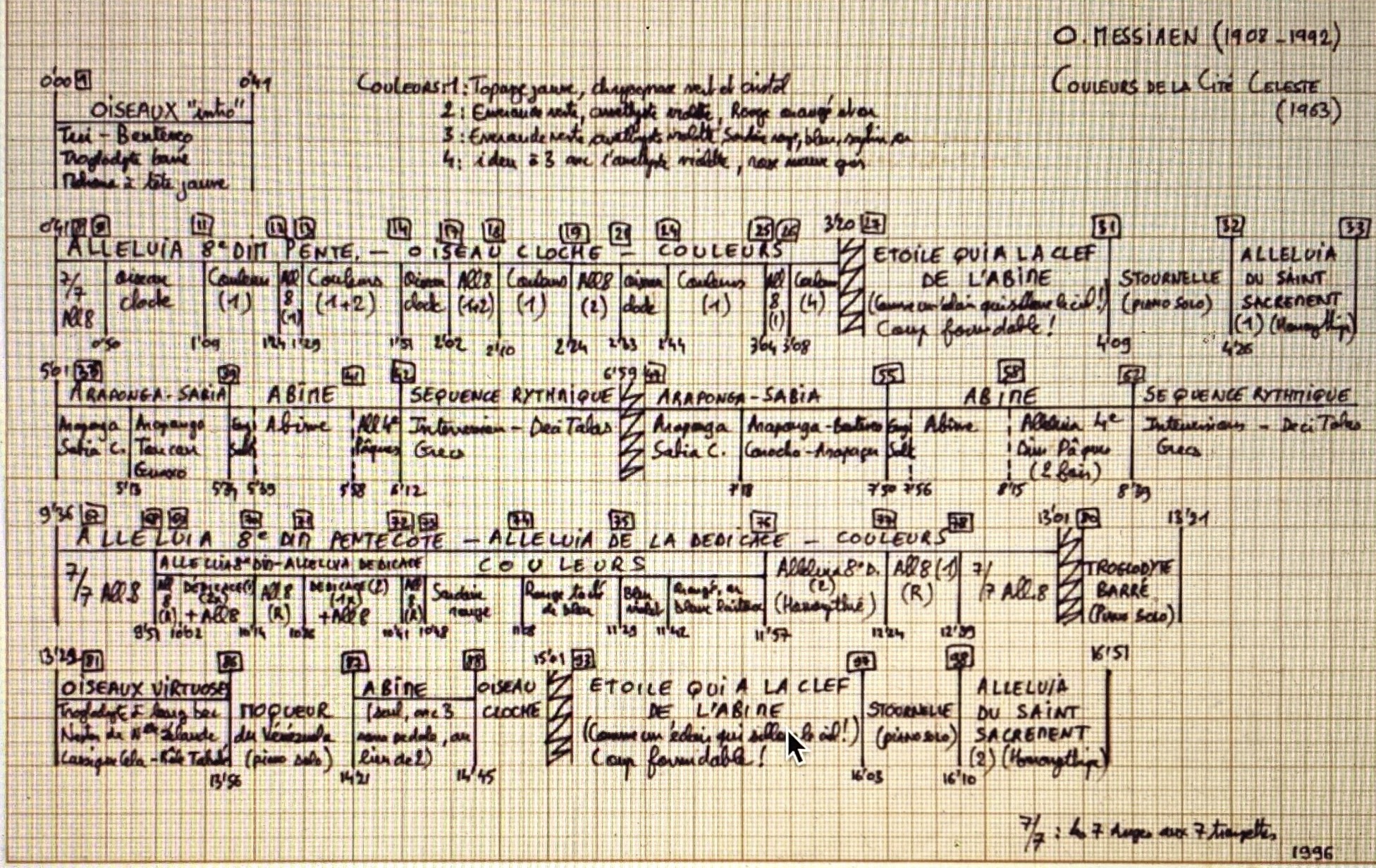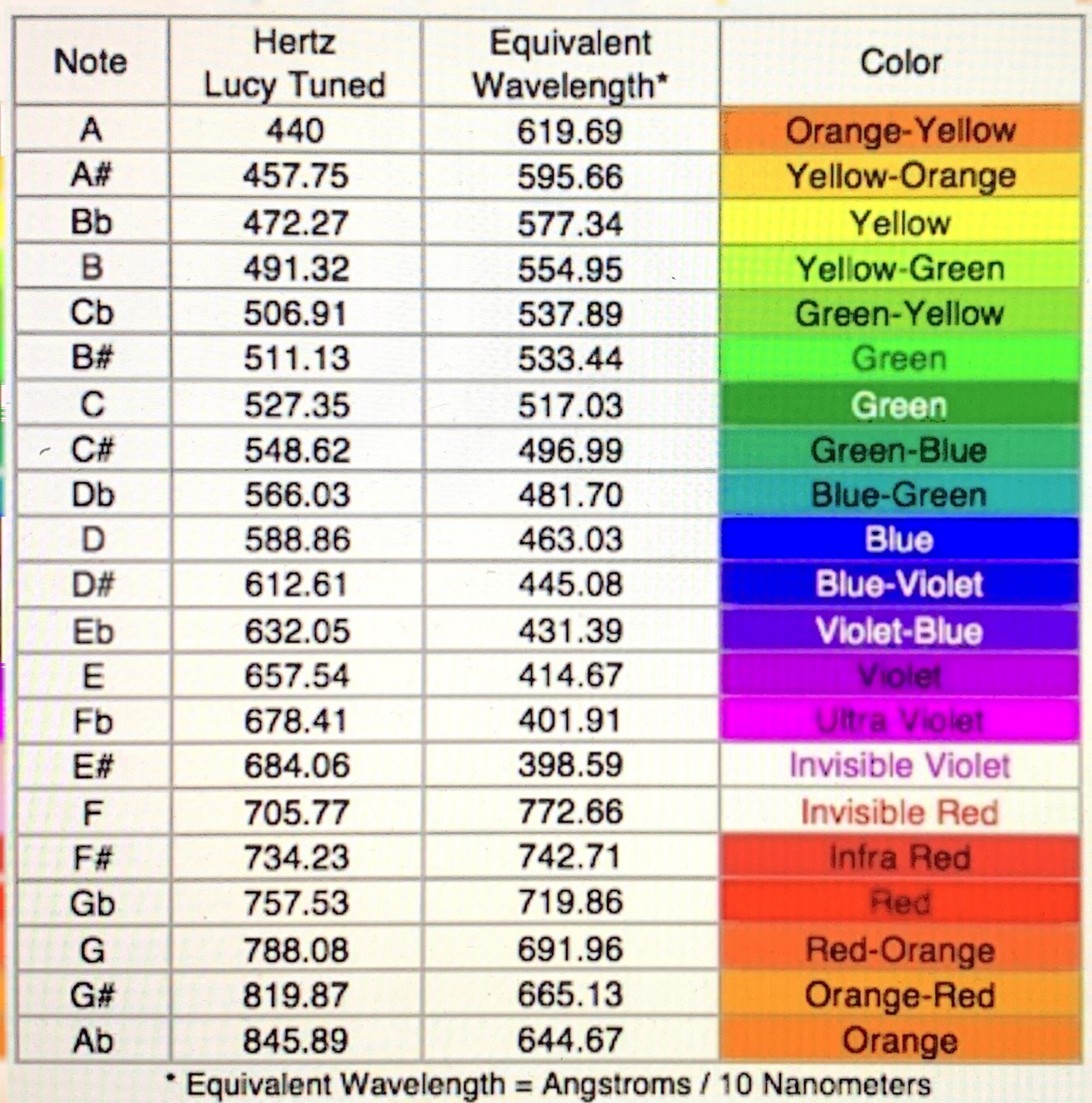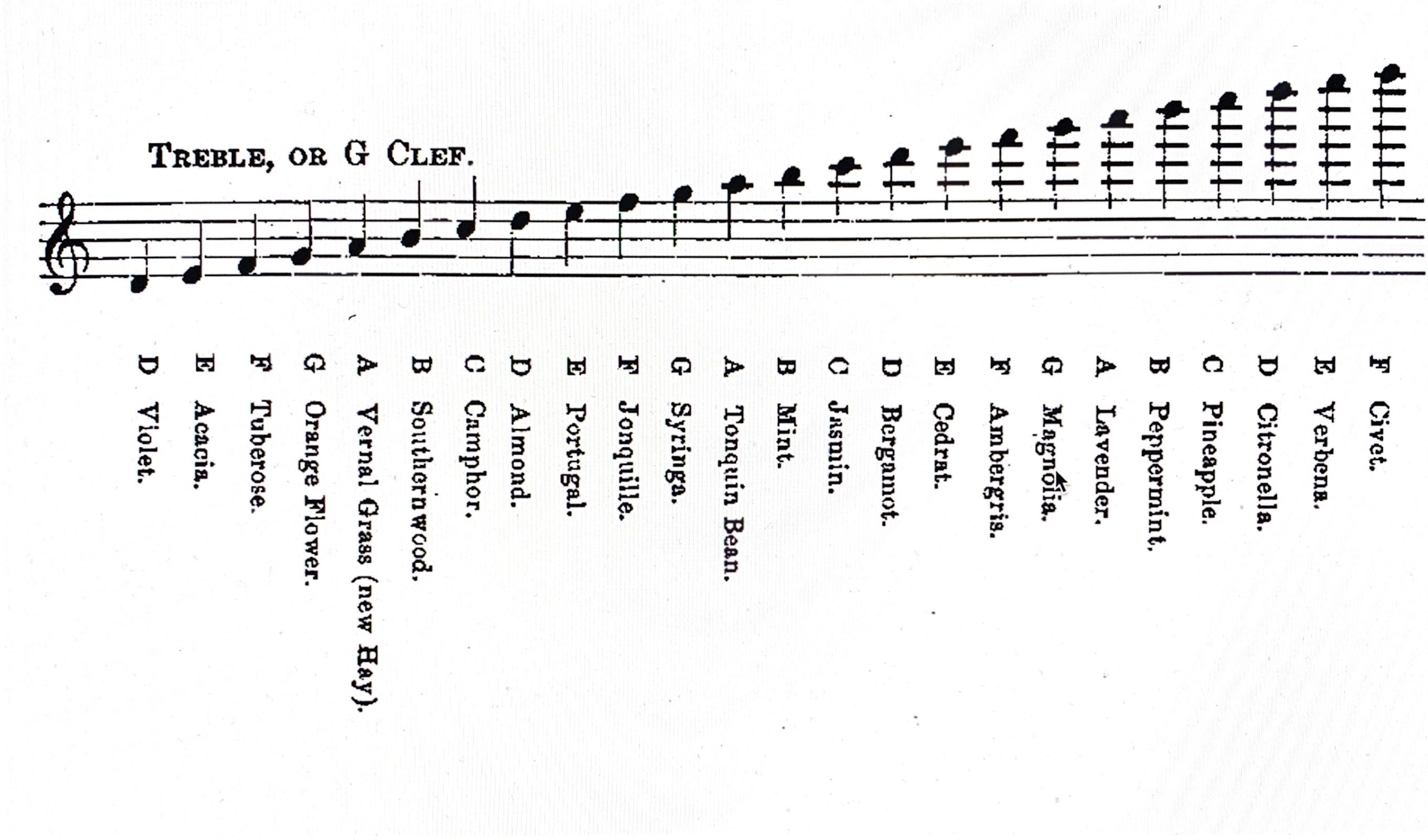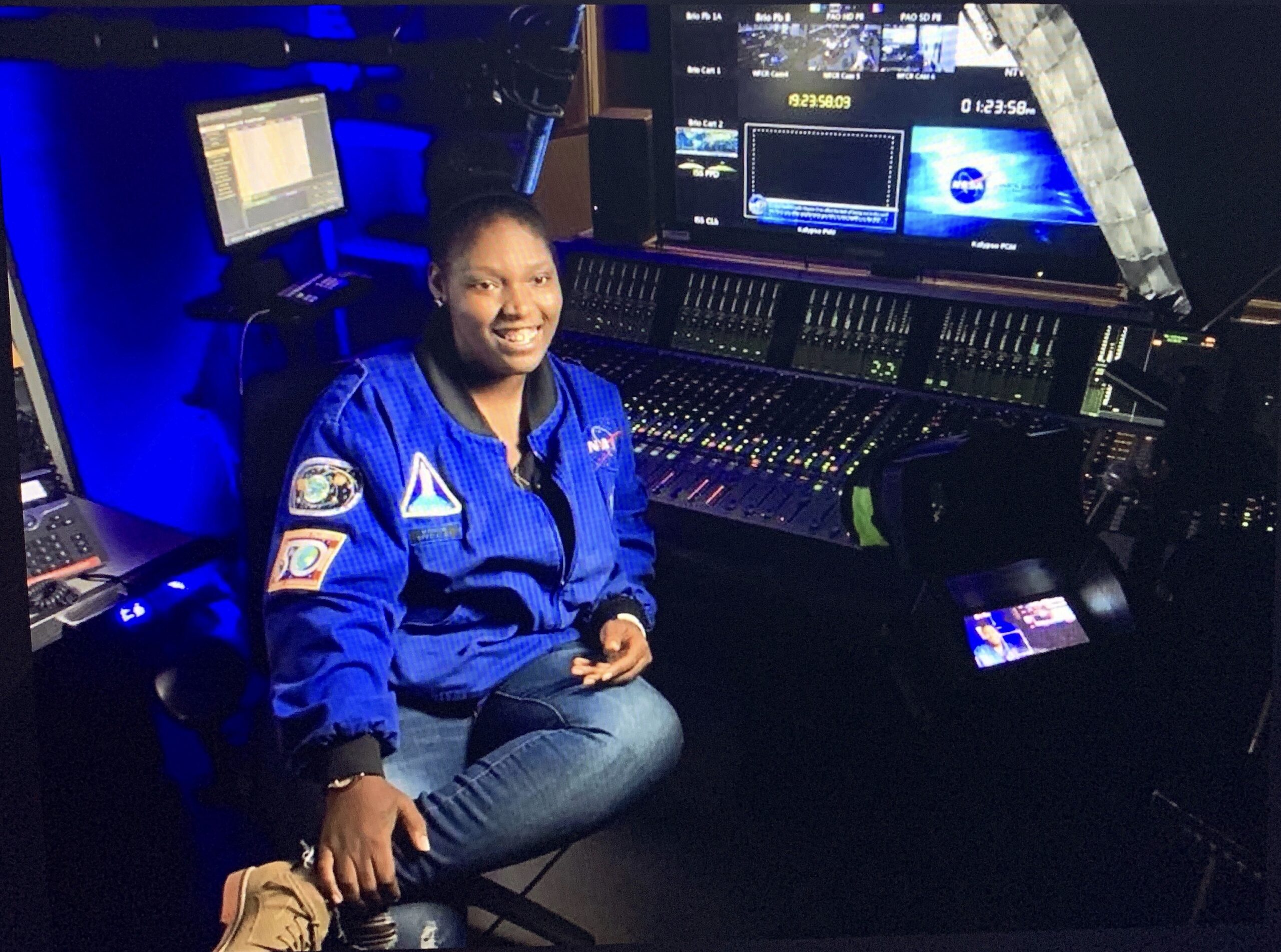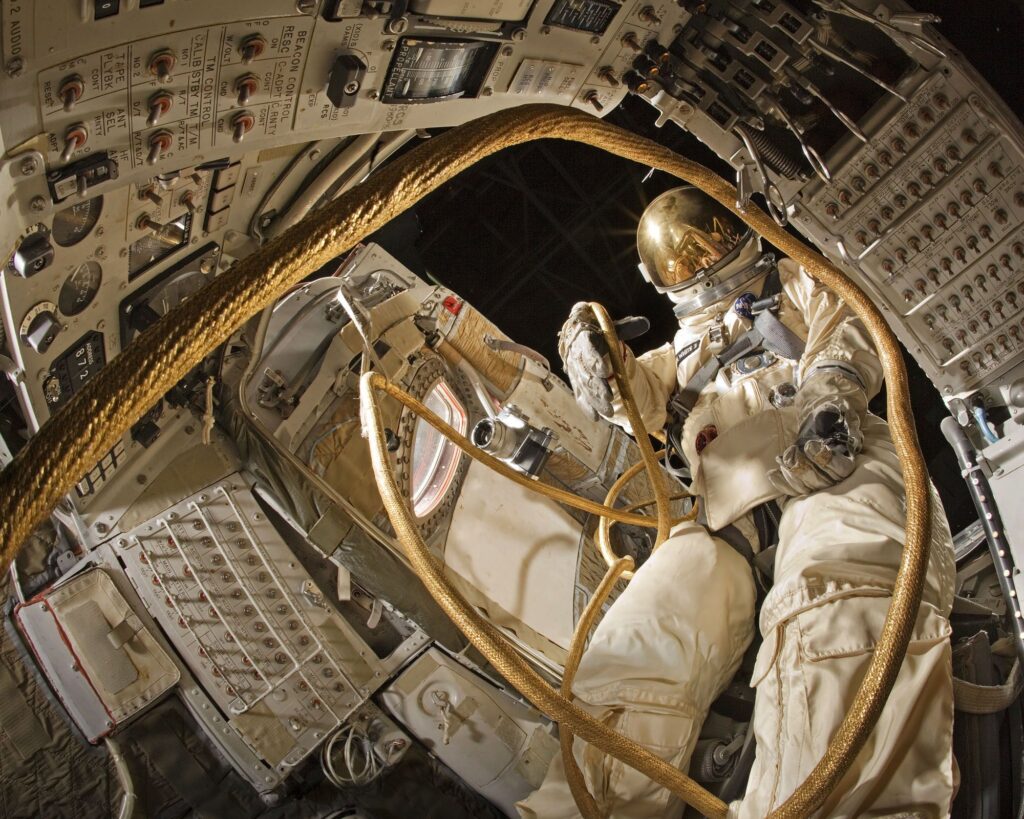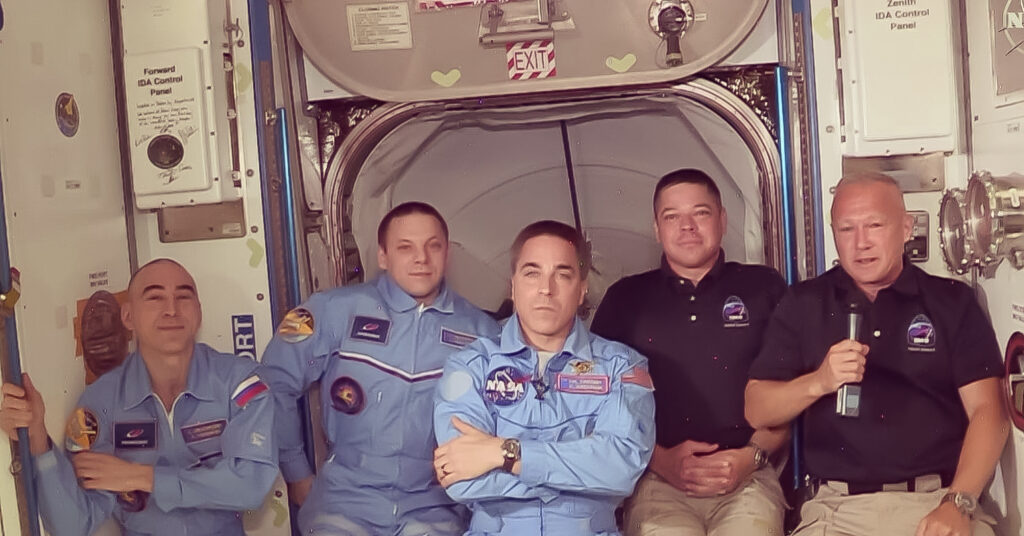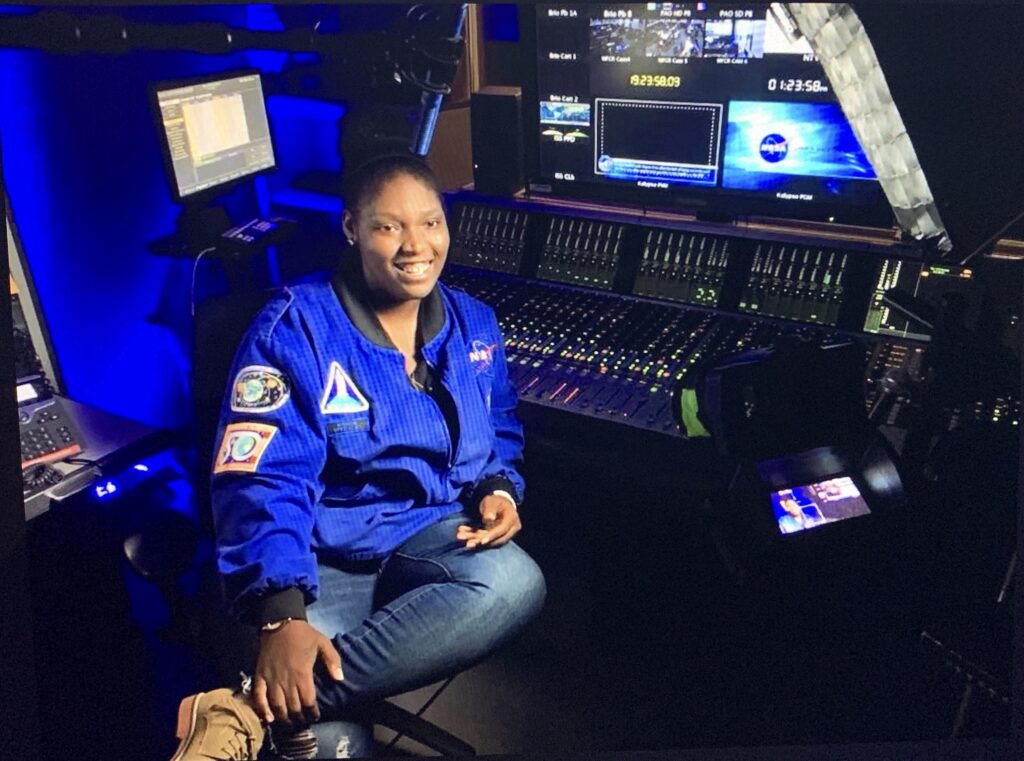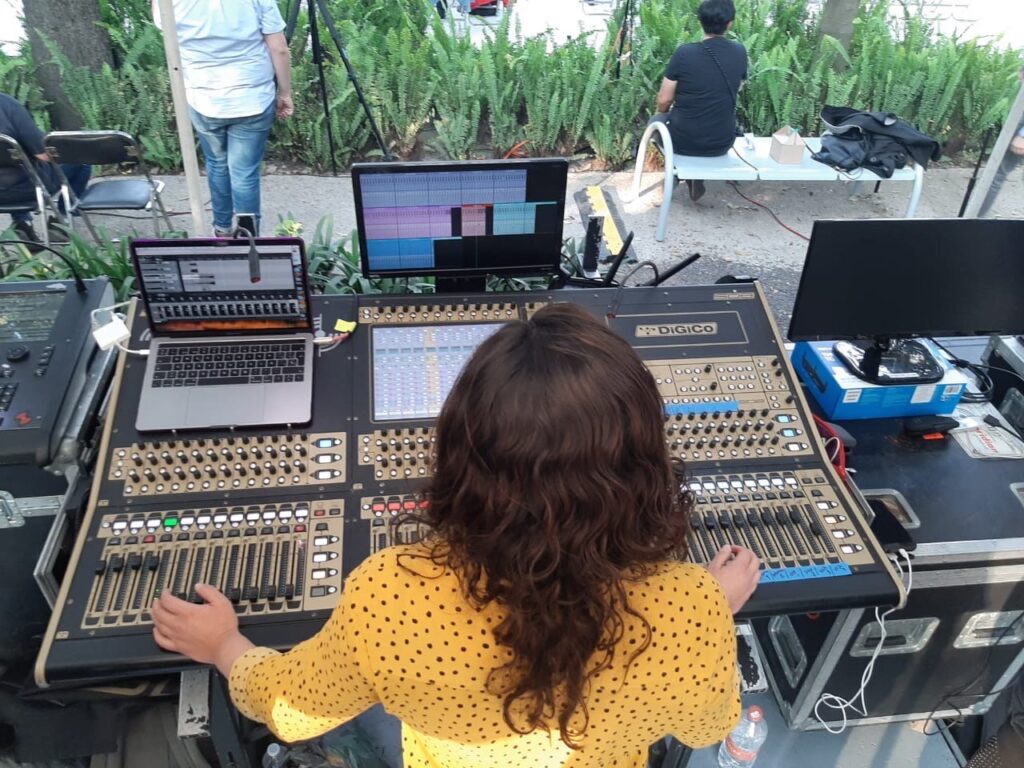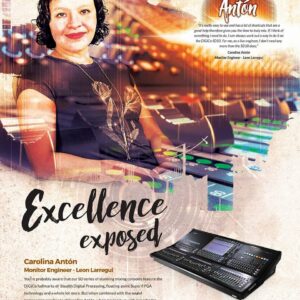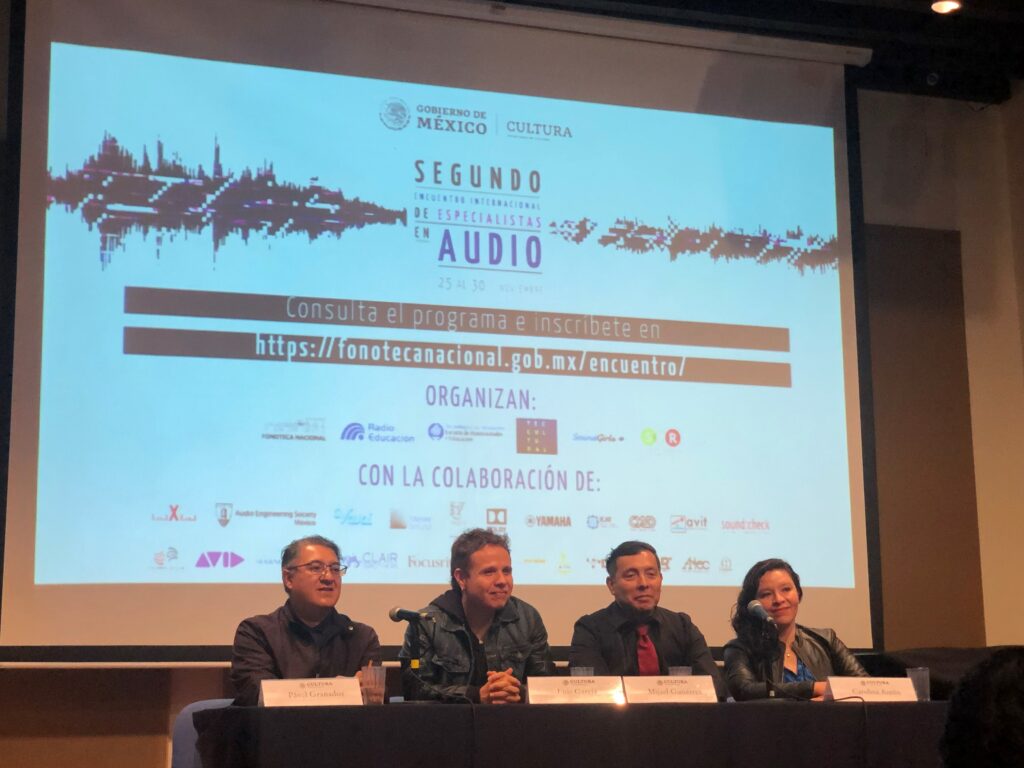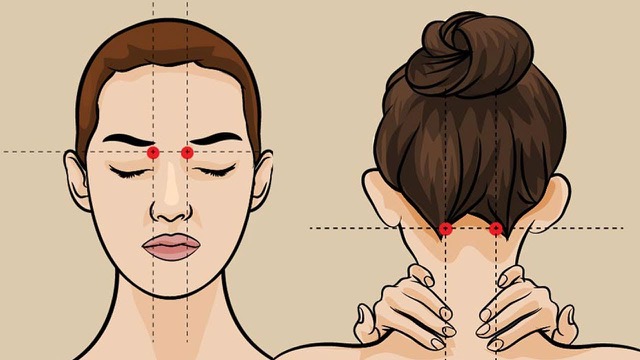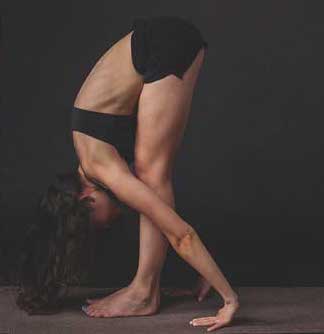
The Perfect Ear
Miles once said, “When I think of those who have died, I get furious, so I don’t think about it. But their spirits are still wandering within me, so they are still here, they keep passing it on to others. It’s a spiritual thing, and they’re part of who I am today. It’s all in me, all the things they taught me to do. Music is about the spirit and the spiritual, and also about feelings. I think his music is still present, somewhere, you understand? The things we touched together have to keep floating somewhere, because we expelled them with our breath, and the result was something magical, something spiritual. All of that is still with us. All of us who saw our lives transformed by Miles can still hear the unmistakable voice of his trumpet and still feel it directly stuck in the heart.
Quincy Troupe (Miles and Me)
With extravagant personality Miles Davis among many skills, he could recognize the musical notes in any sound, what is called, absolute hearing.
What is absolute hearing?
Known as perfect hearing, it is when a person has the ability to identify the frequency of an isolated auditory stimulus without the help of a referential auditory stimulus, so it can be defined as the ability to read sounds.
Studies have shown that this ability could be under the control of DNA. The researchers compared the structures and activity of the auditory cortex, that is, the region of the cerebral cortex that receives auditory information.
Since the nineteenth century, science has focused on investigating the background of understanding musical tones and their measurement. Since the references of the tones were only precisely defined at this time, the perfect tone designation could only be analyzed from the nineteenth century. Thus, the perfect ear was explained simultaneously with a musical ear and with absolute awareness of tone.
Although the differences and distinctions lie in the details. Only one in 10,000 people have an absolute tone and are, therefore, able to sing every note perfectly. On a physical and functional level, there is no difference in the auditory system when you have this condition. Rather, it is an expression of a rare ability to analyze tone accurately. Therefore, this form of tone search is an act of cognition, whereby the frequencies heard are reproduced in the form of pure tones.
From a scientific point of view, this is a musical learning approach that can also be applied to sounds or colors. However, since shades are defined by a much finer distinction than common color patterns, this skill is much rarer.
Effects on language and perception
Influences around the perfect ear can also be defined from a cultural perspective. Above all, the incorporation of the C major scale generated new approaches that could significantly simplify identification with specific tones. Mostly, the played tones correspond to musical experiences, which then sound coherent or biased from the listener’s point of view. But also, in terms of language and perception, absolute hearing has led to some changes.
Language
Many dialects depend on variations in tone. Accentuations are also of elementary importance for classical speech processes.
Perception
Not only the reproduction of perfect tones but above all their perception plays a decisive role in perfect hearing. The exact rankings here are not defined by a better sense of listening, but exclusively by recognition and categorization. This is again due to the mechanisms of the brain.
Differences with relative hearing
The relative ear, unlike the absolute ear, lacks independence from the main note. With a perfect ear, you can define exactly a note and estimate it without concrete examples. With the relative ear, what happens is that you simply compare the note with another note and you can classify it this way. While this makes it much easier for musicians to find their way musically, it is a far cry from absolute tone. An absolute ear is an absolute rarity, even among musicians.
These skills are the foundation of the perfect ear
Absolute hearing is a very rare phenomenon. But what specifically can someone who suffers from it do? The following factors form the basis of this extremely rare skill and help identify an absolute tone:
- Reproduction of tones of everyday sounds.
- Name all the notes of a chord
- Assign the key to a sound piece of music
The special feature of people with an accurate understanding of tone is that they can regain their skills again and again. So if you’re lucky and define a chord correctly, you may not have a perfect ear. This is a skill that is constantly remembered that allows you to demonstrate your understanding of tone and clearly identify any notes you can think of or touch it randomly.
A good basis for musical sensibility
An absolute ear is by no means a prerequisite for a music career. Very few people can enjoy this skill. Although having this ability can help you with your musical sensibility, someone without an absolute ear can also become a great musician. This is also evident in the few examples that can be given of outstanding musicians with a perfect sense of tone.
Musicians with Perfect Pitch
Among musicians, having absolute hearing is a real rarity. In the near past, for example, you can name Ella Fitzgerald, Charlie Puth, Bing Crosby, and Michael Jackson who have a perfect tone. However, from the many famous personalities that are missing, it can be seen that many well-known musicians do not have such skills, and yet they are well known.
The famous musician Charlie Puth was even bullied by his classmates during his childhood because of his special ability, he was able to assert himself in the music industry with his self-confidence and of course with the perfect tone. Today he is one of the most famous young artists, and he is also predicted to have a steep career in the future. However, it turns out that the requirements are not in the concrete singing, but mainly in the composition. There, musical sensitivity and exact knowledge are absolutely necessary.
Therefore, it is not surprising that many famous composers of the past have a perfect tone. These personalities include, for example, Mozart, Handel, Chopin, and Beethoven. This made it much easier to find the right additions for each instrument and create a harmonic effect. Within the search for the musician, absolute hearing became a universal and important skill even then.
How to achieve the perfect tone?
In most cases, musical understanding is innate. Even if you can also learn a lot of content about music theory and perception, this has nothing to do with the perfect tone. This is at least in line with the assumption of Brady and Levitin and Rogers, who criticize a possible workout for a perfect tone.
However, there is now some evidence that absolute hearing can develop without an innate and useful ability. To do this, the University of Chicago conducted a study in which several students with different musical experiences were tested. Immediately after the initial training sessions, the students showed significant improvement in tone recognition, which allowed them to expand their experience.
Any of us can have the opportunity to sharpen the knowledge of the right tones, with a lot of practice you can achieve it.
As a sound engineer, I have had the opportunity to collaborate with various musicians who possess this skill, it has been very enriching and a quite enriching experience.
I think that people who have this ability can have very interesting contributions to musical projects and therefore a development with a different approach to music and sound.
As Charly Garcia mentions,
“I know it’s genetic, that my great-grandfather also had absolute hearing and that sometimes when I pass by or I’m preparing a concert when I don’t sleep, that’s when things get a little difficult. There the degree of sound sensitivity is filtered to the other four senses and it is the sound that takes you and drags you. You see the sound and you play the sound, and you smell the sound and you like the sound.”
Absolute hearing can be a blessing and a curse at the same time, but it is a distinctive aspect, another artist who possesses this ability.
Carolina Anton is an internationally recognized leader in the field of live sound mixing, systems design, and optimization of sound reinforcement. For more than 15 years, Carolina has established a trajectory within her career, collaborating with distinguished artists and productions.
Carolina is co-founder of the company 3BH, which develops projects for technology integration, design, and speaker calibration for post-production and music studios in Mexico and Latin America, Anton is part of GoroGoro Immersive Labs, Mixing and creative studio specialized in different immersive formats such as Dolby ATMOS, Ambisonics, among others.
In 2016 she began to represent SoundGirls in Mexico, supporting women to professionalize in the entertainment industry.







